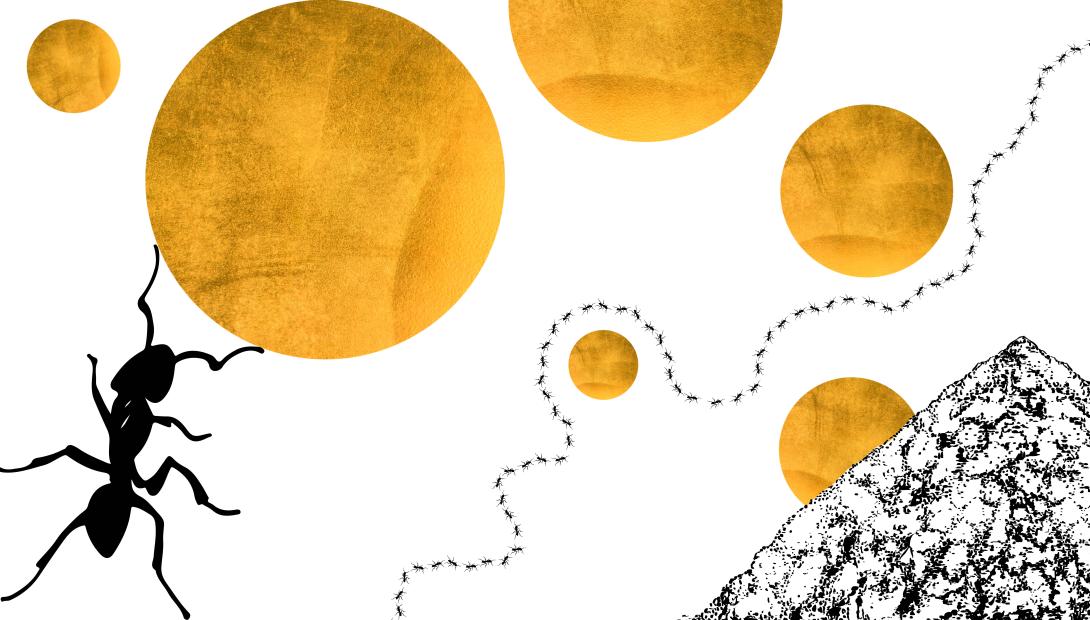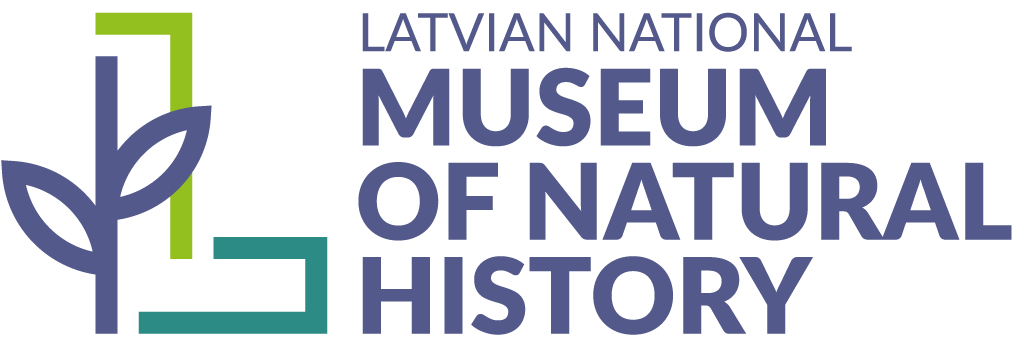
Ants – dispersers of seeds
There are ant species that feed on parts of plant seeds. Ants help these plants spread by collecting their seeds. There are regions where 30–40 % of the seeds of plant species are spread by ants.
- Seeds of yellow wood anemone Anemone ranunculoides
- Seeds of the greater celandine Chelidonium majus
- Seeds of fumewort Corydalis solida
- Seeds of the wood anemone Anemone nemorosa
- Seeds of the wood violet Viola odorata
- Seeds of the field pansy Viola arvensis
- Yellow wood anemone Anemone ranunculoides
- Fumewort Corydalis solida
- The greater celandine Chelidonium majus
- European wild ginger Asarum europaeum
Ants in the food web
Ants play an important role in the food web due to the large number of individuals and huge biomass. They are omnivores and consume animal, plant and fungal foods. Many other organisms – including humans – feed on ants.
In the tropics, ants, together with other hymenoptera and termites, account for 50 % of animal biomass.
Common Antlion Myrmeleon formicarius
The caterpillar digs a funnel-shaped burrow in dry, loose sand, buries itself into the bottom and waits for its prey – most often ants. The walls of the hunting burrow are steep and loose, making it difficult for a trapped insect to get out. Adult antlions look like dragonflies and are active at night.
Common Antlion Myrmeleon formicarius




